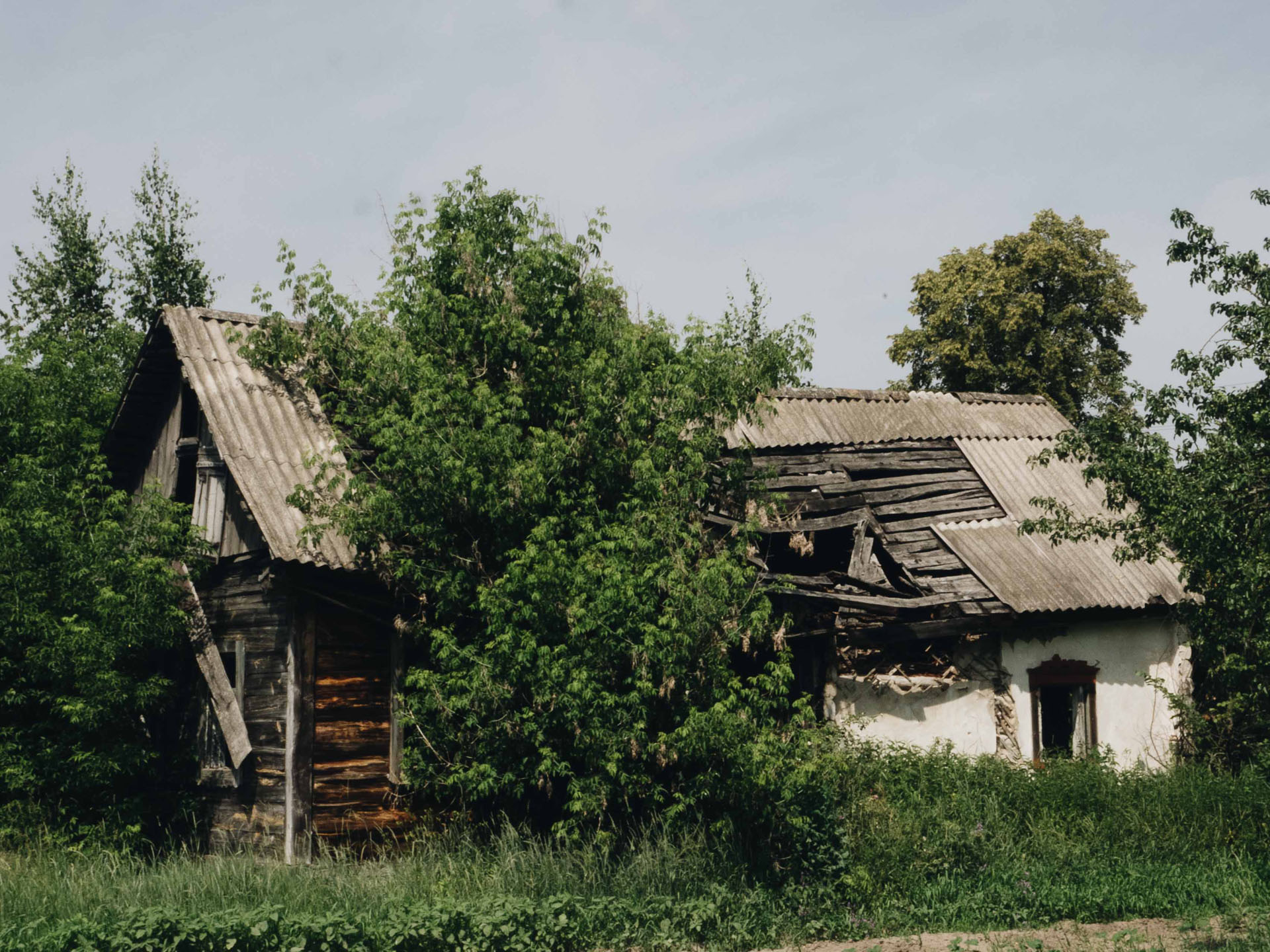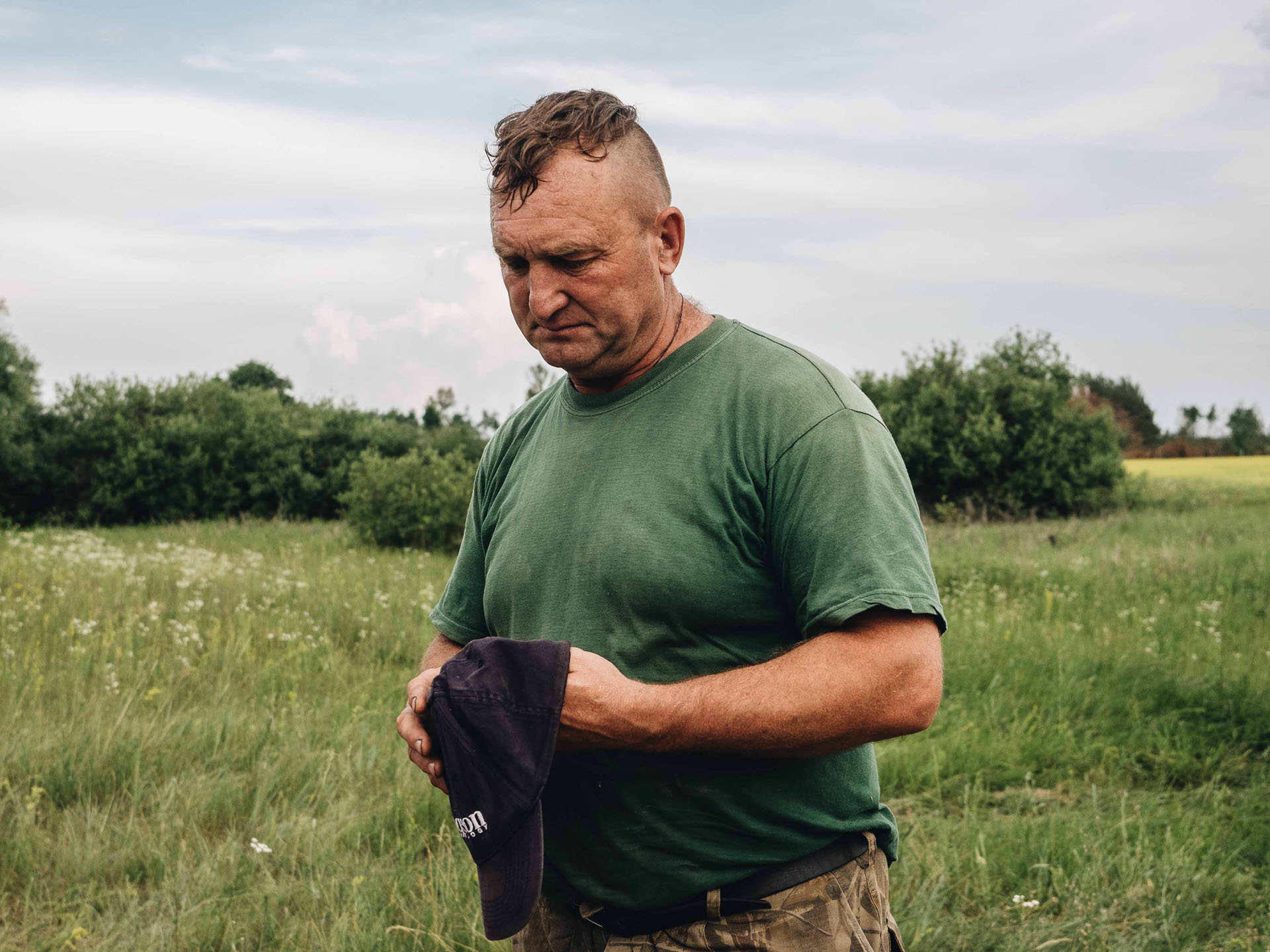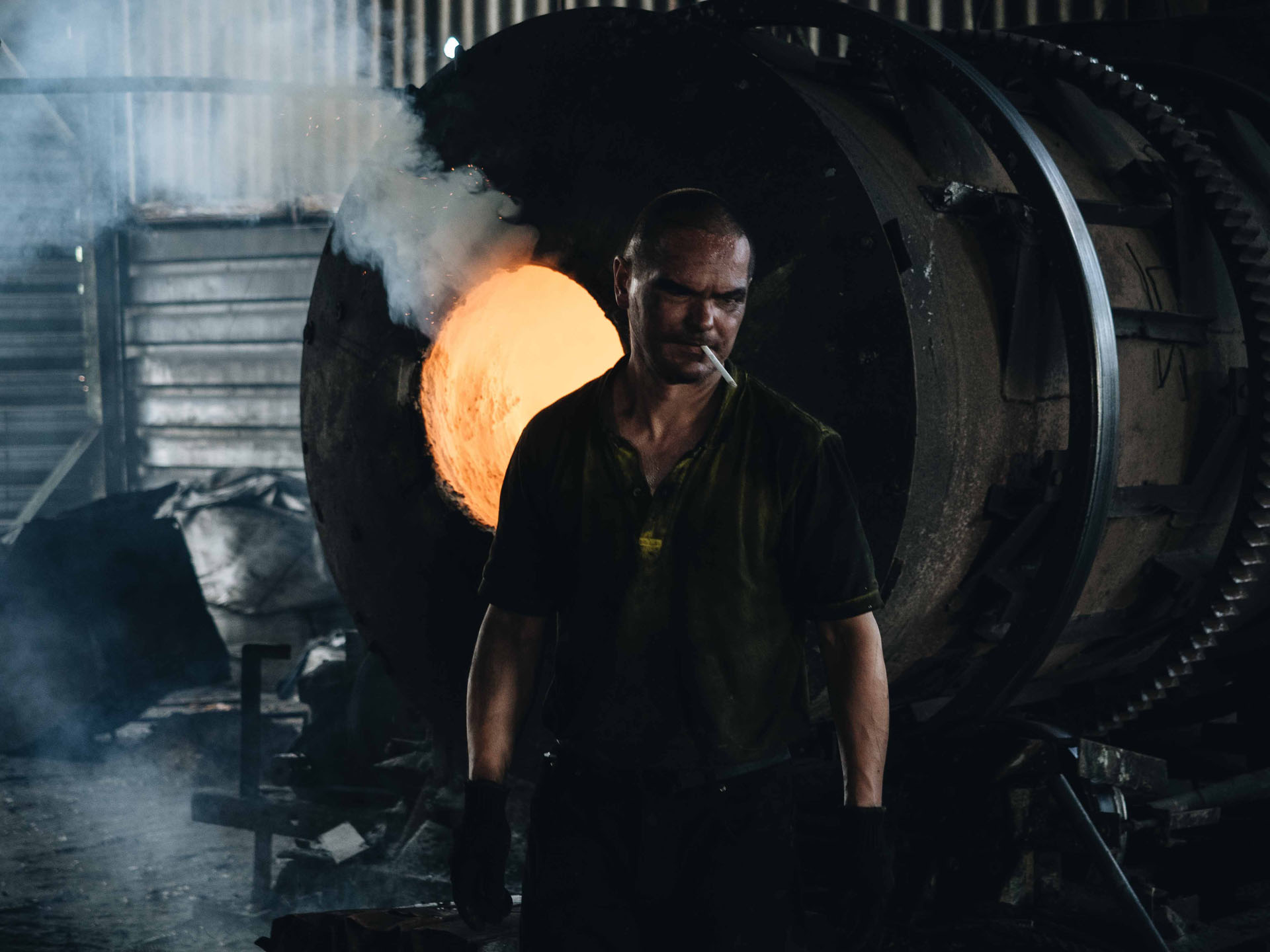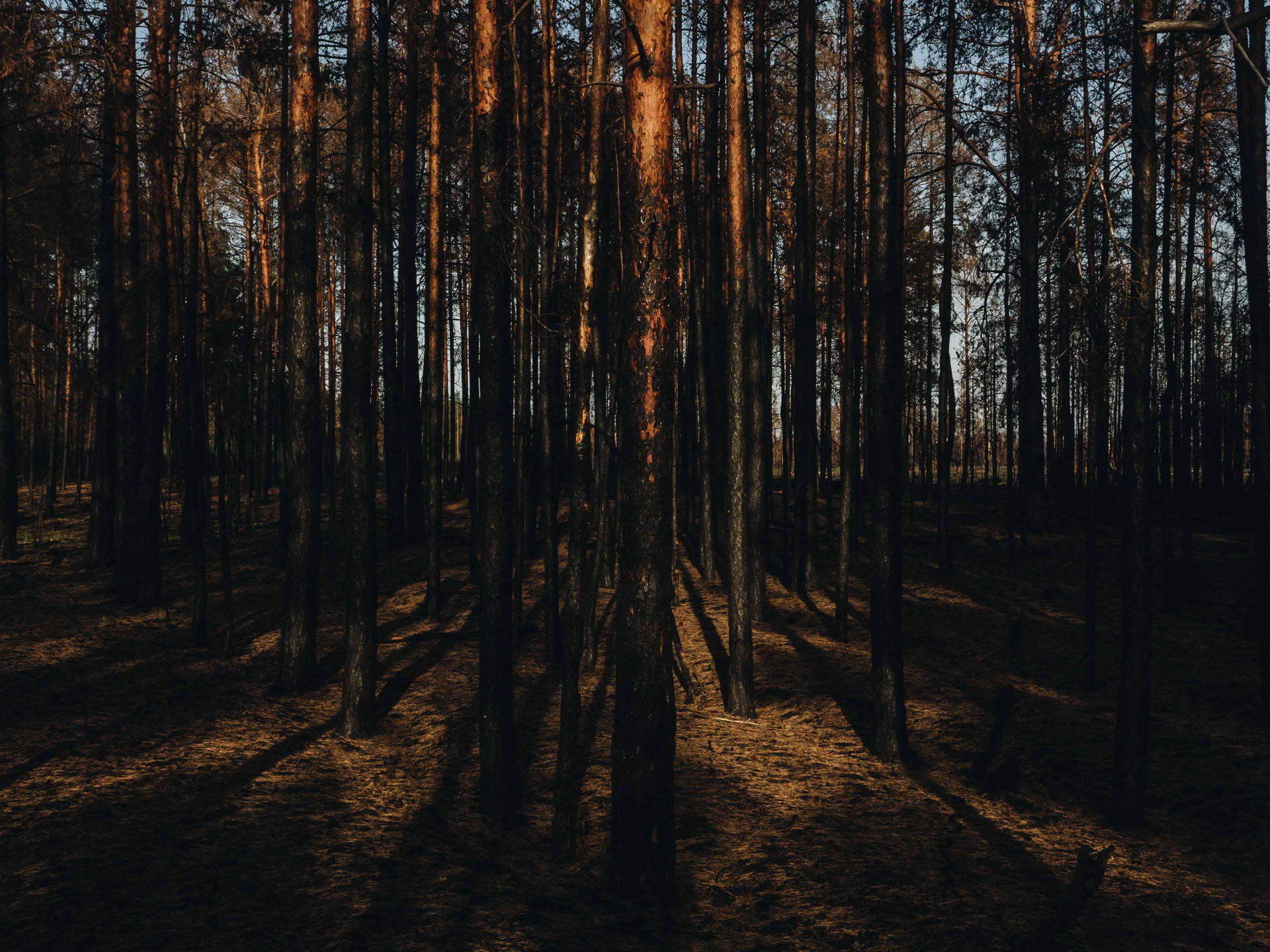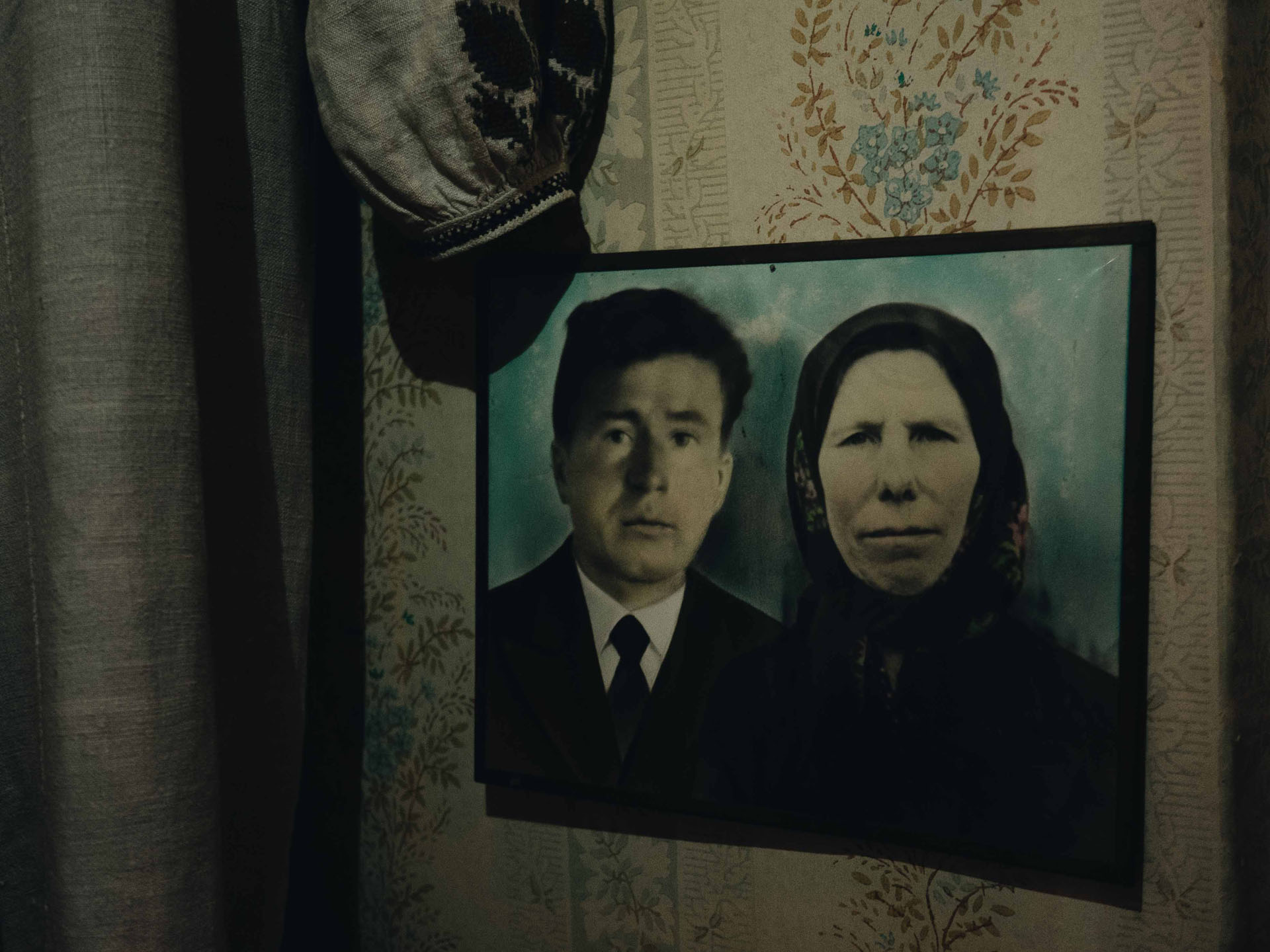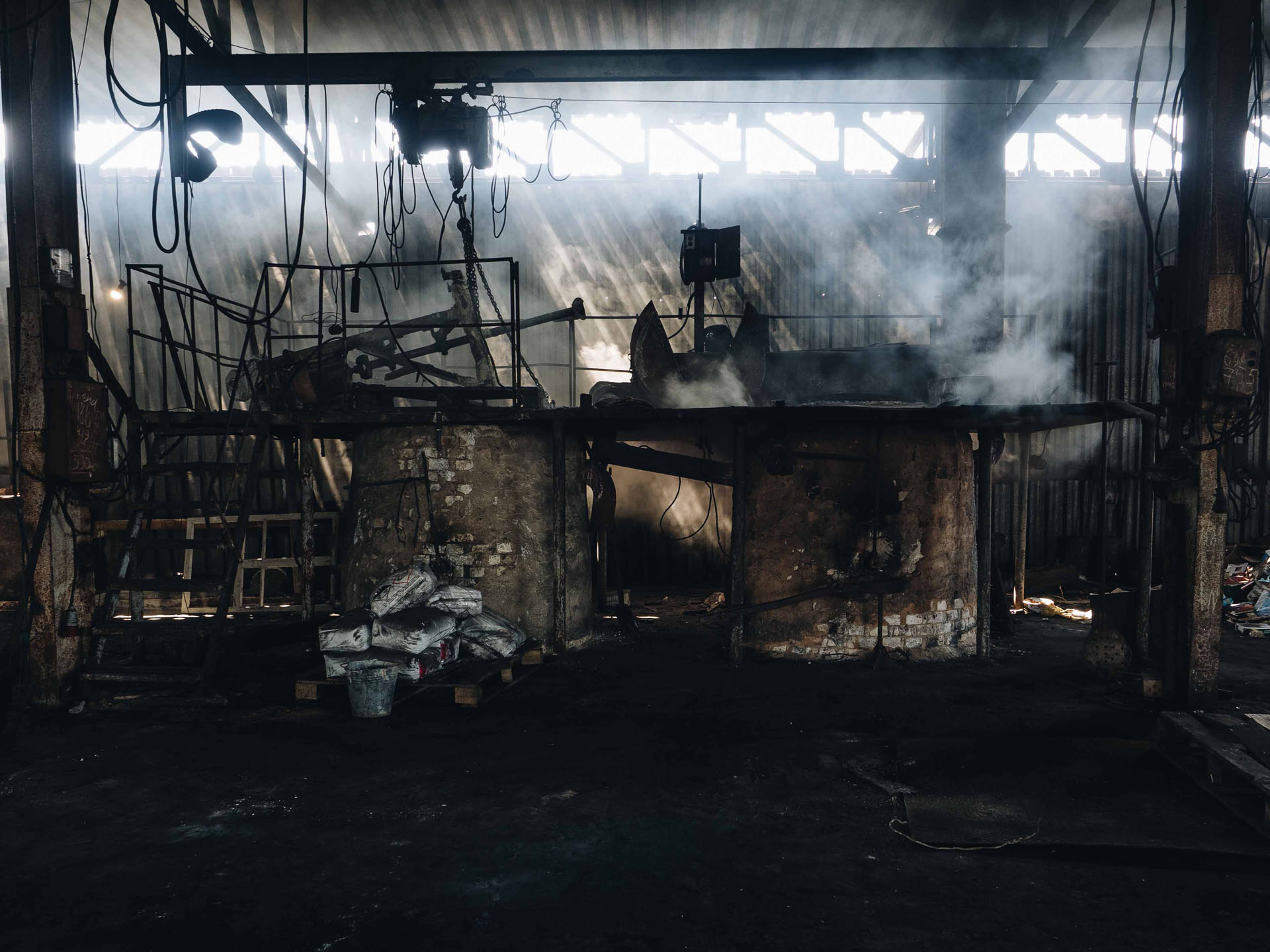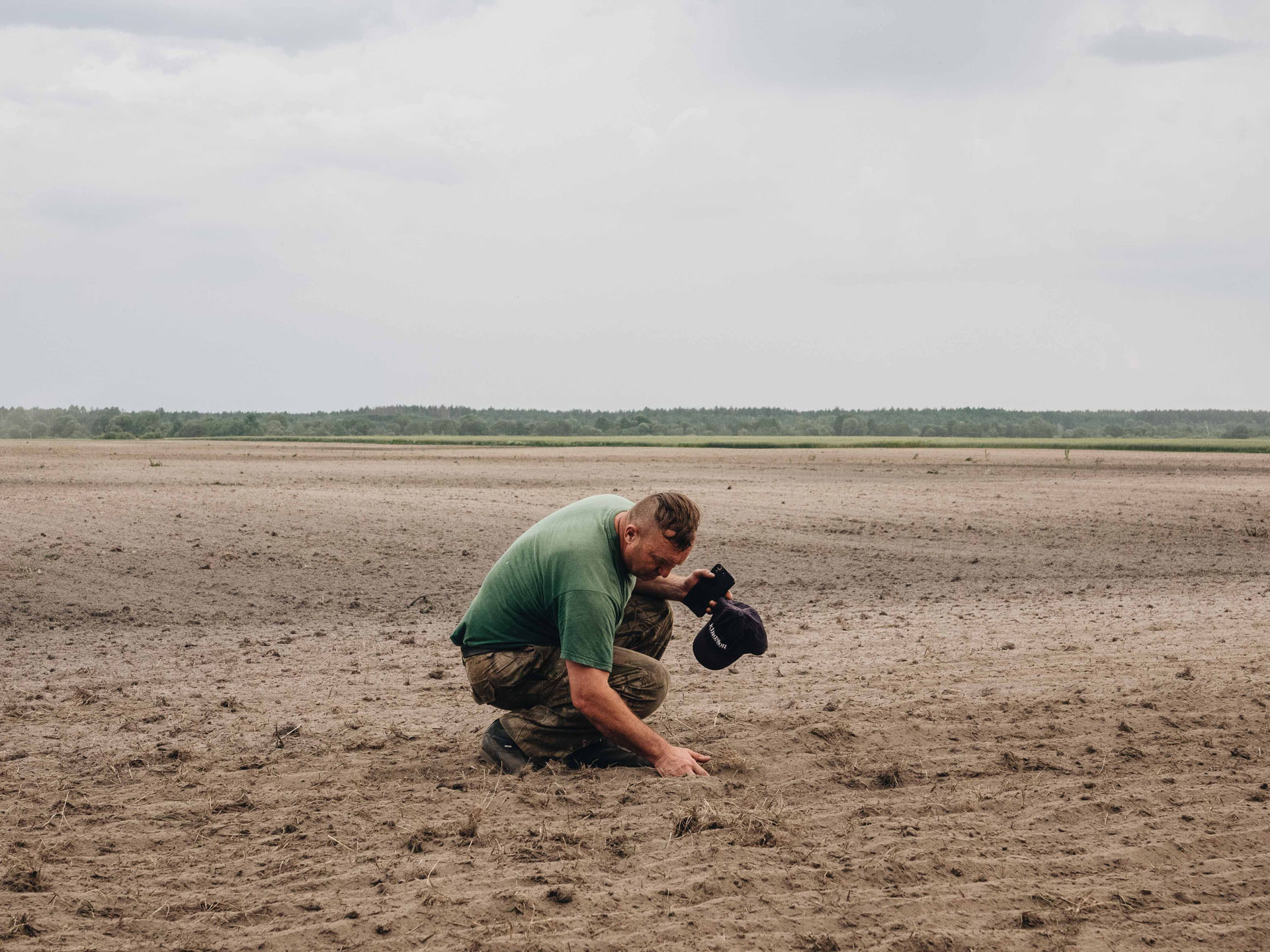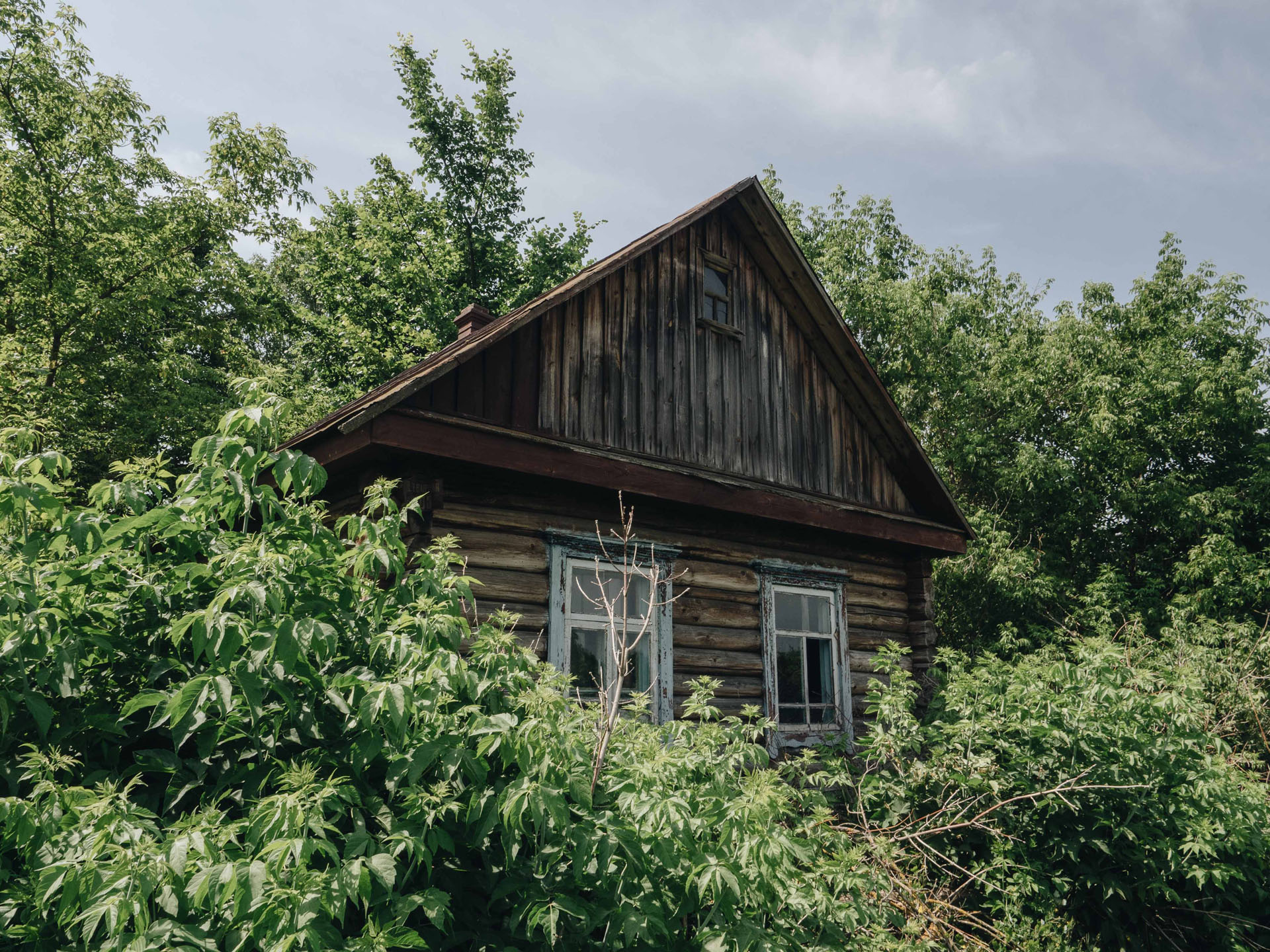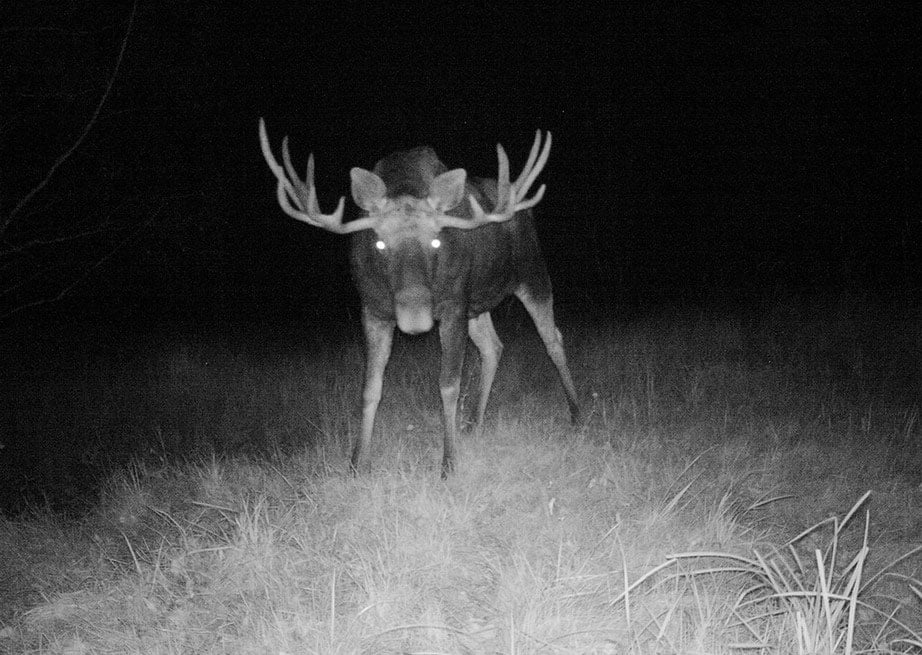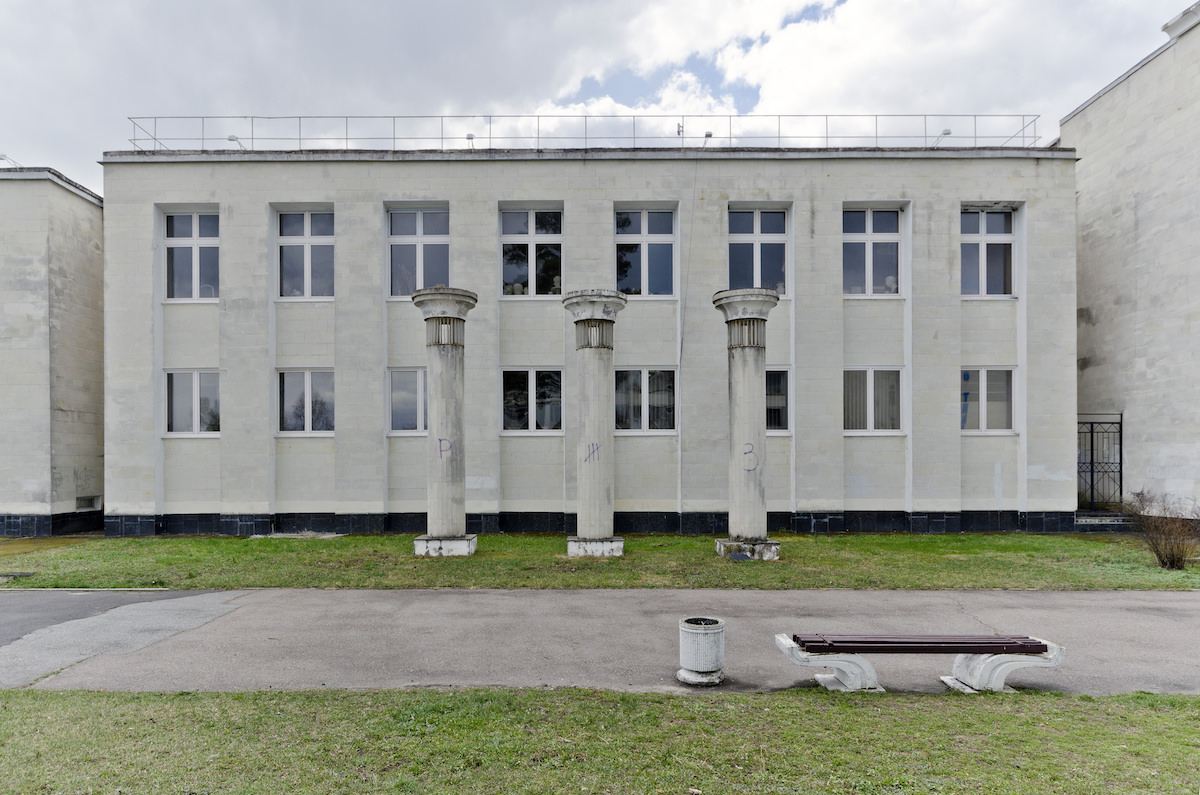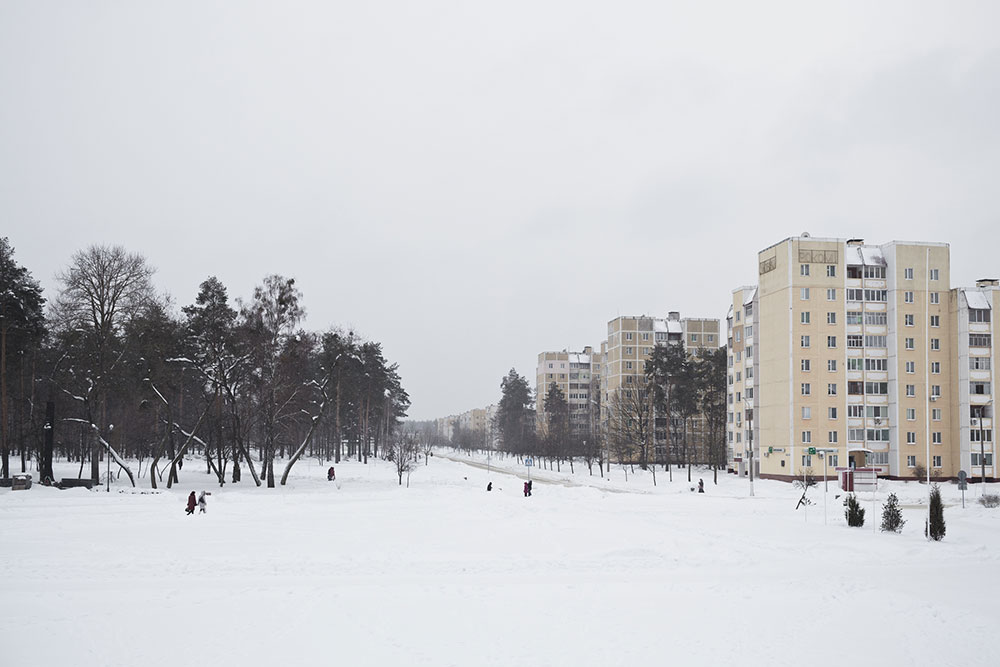Photographing the Ukrainians who fled war and found refuge in Chernobyl
Our biennial New East Photo Prize is back — this year, with 11 new finalists. Below, get to know Albania-born photographer Ilir Tsouko and his story Starting Over: From the Donbass to Chernobyl that follows the fates of two national tragedies.
Before war broke out in Donbas, Alexej owned 4,000 hectares of land and earned a stable livelihood through farming. He employed 200 people and had close to 5,000 pigs, among other livestock. Then, in 2014, fighting erupted between Ukrainian forces and Russian-backed separatists in eastern Ukraine and Alexej’s village found itself on the frontline. Fearing for his children, he knew he could only remain for so long. He began looking for cheap land to rent in other parts of the country. When separatists attacked his village that summer, he took his family and fled.
That’s how he ended up in Chernobyl. Photographer Ilir Tsouko says he first spotted Alexej on his tractor, preparing to cultivate his new land, which had been untouched for decades. In Tsouko’s portrait of Alexej, the fields are noticeably bare. Agriculture ground to a halt following the nuclear disaster. Nowadays, farming is permitted in Zone 3, where Alexej’s land is located; only, up until this point, nobody had taken up the opportunity. Alexej was determined to start a small farm in this highly-contaminated area, and inject new life into the place.
Alexej isn’t the only person starting over in Chernobyl’s evacuated villages after being displaced by war. Roma used to work in an accumulator factory in eastern Ukraine. Together with his boss and seven colleagues, he came to the outskirts of Chernobyl in 2014, to make a living by turning waste into metal. “Besides his boss, he is the only one who stayed. The others left to find work elsewhere. Some even went back to the embattled territory,” says Tsouko. “After decades of economic slowdown, it does feel like time has truly stopped here.” In the shadow of two catastrophes, Alexej and Roma face a long, hard battle to turn this deserted ground into home.
“By this point, everybody has heard stories about the exclusion zone in Pripyat. We have all seen the viral photos of the abandoned giant wheel, the empty houses, the dilapidated swimming pool,” says the Albanian-born photographer, who travelled to Ukraine from Germany with fellow journalist Lena von Holt, to learn more about Chernobyl’s new residents. “We flew to Kyiv out of curiosity. Because it wasn’t an assignment, we weren’t under any time pressure to complete the story. We visited the villages and asked if anyone has known anyone who moved there from Donbas.”
Chernobyl, of course, has its own problems; there is still the reality of possible contamination. Prior to their visit, Holt and Tsouko contacted the Ukrainian Institute of Agricultural Radiology (UIAR) to fully understand the levels of radiation in the abandoned villages close to the exclusion zone. “The director told us we’d receive more radiation on a flight from Berlin to Kyiv, than staying for a short period of time in the area around Chernobyl,” says Tsouko. He was reassured later on when he met the local people, including one man who was 15 at the time of the disaster, and continues to live there today. “Spending time with Alexej and his daughters, I got a sense that he’s a logical man. He would never have brought his family to a radioactive area if it was dangerous.”
Though radiation still poses a health risk in certain hotspots, the biggest obstacle to Chernobyl’s local population is the economic stagnancy which has settled like dust on the exclusion zone and its surrounding area since 1986. Chernobyl has reported a sharp rise in visitors since 2019’s HBO mini-series about the tragedy. But locals see little improvement. The same zones that were set up to protect inhabitants thwart any development in the region. They have to make do with the little infrastructure that exists.
“Alexeij told us that he has found a home here,” the photographer says. “He is happy to stay and continue building his life. His wife, on the other hand, would love to return home as soon as there is peace.” In his photos of Alexeij, Tsouko shows us moments in one family’s life. The focus is less on Chernobyl, exploring instead what it means and looks like to rebuild one’s home.
In one image, Alexej’s family come together in their backyard, with his youngest daughter playing in front of the camera. “Just a couple of minutes before the picture was taken, Aleksej’s wife was in tears, telling us how much she missed her hometown. She told us about the trauma of the war, and the loneliness she feels since moving to Chernobyl,” Tsouko explains.
“For me, the picture captures the two conflicting emotions at the heart of this story: sorrow and worry for the future, but also hope, joy, and a certain kind of freedom.” As a photojournalist, Tsouko has covered social issues, including migration, and the impact of political decisions on people. For his personal project, The Balkan Route, he documented two years in the life of refugees travelling to Europe, focusing on “their hopes and dreams for a better life”, which he says “help them survive such hard conditions.”
Tsouko was born in Albania in 1990, during a time of turbulent changes. “At the time, Albania was in a transitory period; the system was about to collapse. Six years later, my family and I migrated to Athens, where I found my new home for the next 18 years.” In recent years, he has witnessed the financial crisis in Greece and the way it has transformed the country. He now lives between Berlin, Athens, and Tirana. Although he believes that “you don’t have to be an immigrant to understand an immigrant”, his own background has helped him find a common language with the people in his stories.
“I know what it feels like to leave home and to experience racism, but I also recognise the joy of small things that come with rebuilding your life step by step,” he says. Starting Over: From the Donbas to Chernobyl is not a straight-forward migration story: it connects together two national tragedies, two stories of evacuation. But, generally, it reminds us that displacement stories don’t end with the journey, and often, an adopted home does not offer a fresh start. “A better life” is not a destination, but something that is built — a product of migrants’ resilience.
